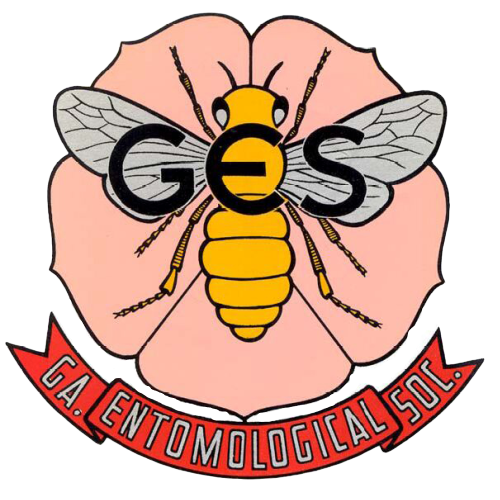Influence of Different Temperature Regimes on the Biological Parameters of Rhynchophorus ferrugineus (Coleoptera: Curculionidae)1
Abstract
The red palm weevil, Rhynchophorus ferrugineus (Olivier), is a notorious insect pest that affects palm species worldwide. Temperature plays a significant role in regulating the colonization, population dynamics, survival, fecundity, and seasonal abundance of this pest. Therefore, the present study investigated the phenological response of R. ferrugineus under various temperature conditions, specifically 15, 20, 25, 30, 35, and 40°C. Observations were focused on the larval developmental period, pupal duration, adult longevity, sex ratio, and fecundity of R. ferrugineus. The newly emerged grubs were provided with a soft portion of sugarcane stem in plastic boxes equipped with mesh tops for ventilation under controlled laboratory conditions. Among the tested temperature regimes, 30°C was found to be the most suitable for the development, survival, and reproduction of R. ferrugineus. The minimum total larval developmental duration (39.48 d), maximum larval survival (44.60%), pupal formation (71.68%), adult emergence (100%), and adult weevil lifespan (123.40 d for males and 115.29 d for females) were noted at 30°C. However, the maximum fecundity (181.40) was observed at 35°C. In contrast, the longest developmental durations, minimum survival rate, and minimum reproduction were recorded at the lowest temperature (15°C). Overall, the optimum temperature for R. ferrugineus growth and reproduction was approximately 30°C. Lower temperatures (15°C and 20°C) and higher temperature (40°C) were found to be unsuitable, negatively affecting development, survival, and reproduction. These findings will be valuable for developing effective strategies to manage R. ferrugineus.
Contributor Notes
Department of Entomology, Faculty of Agriculture, Gomal University, Dera Ismail Khan, Pakistan.
National Bank of Pakistan, Punj Kassi Branch, Kabirwala.
Department of Entomology, College of Plant Protection, South China Agricultural University, Guangzhou 510640.
Department of Plant Protection, College of Food and Agricultural Sciences, King Saud University, P.O. Box 2460, Riyadh 11451, Saudi Arabia.
